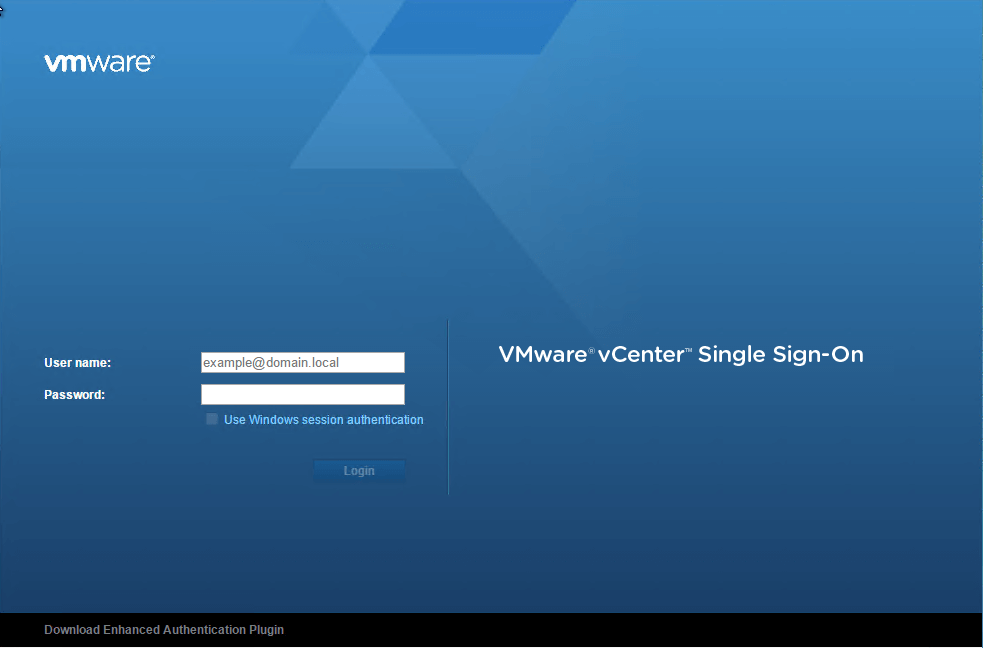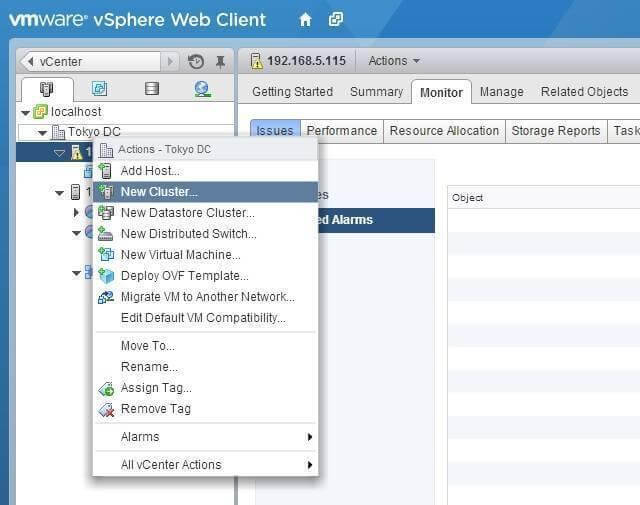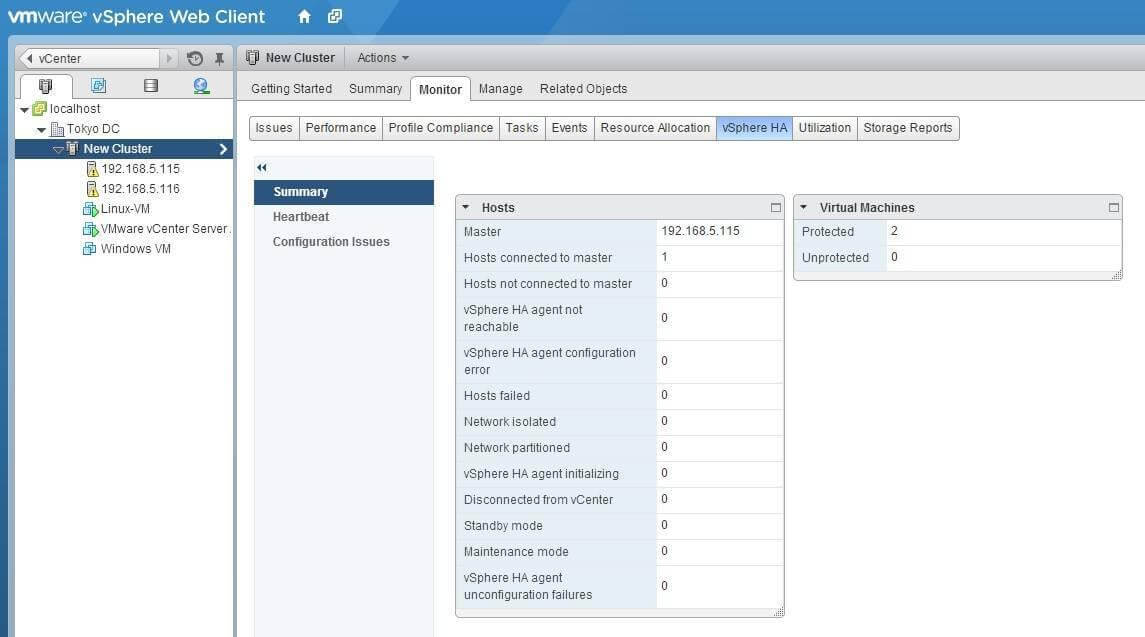The need for business continuity and disaster recovery (BC/DR) is crucial for most organizations, when downtime strikes it can be a costly situation. Organizations with large amounts of production level systems require many layers of protection from downtime, in order to lessen the impact to the end user or application consumer.
Before the release of vSphere High Availability in 2006, creating a solid business continuity solution was very costly and complicated. Even further back before the release of ESXi as a standard platform for virtualizing servers, the cost and complexity of implementing a reliable COOP plan could be financially and technically crippling. The technology available today for BC/DR is phenomenal and much easier to implement and maintain.
Table of Contents
- What is VMware HA?
- How vSphere HA Works?
- VMware HA Requirements
- vSphere High Availability Configuration Steps
- Post Configuration Steps
- Conclusion
VMware vSphere High Availability (HA) gives organizations peace of mind by protecting them from virtual machine (VM) failures as well as physical host failures.
What is VMware HA?
VMware HA operates in the context of a cluster of ESX/ESXi hosts. VMware HA provides high availability for virtual machines by pooling them and the hosts they reside on into a cluster.
How vSphere HA Works?
- A scenario in which an organization loses an ESXi host due to hardware failure, the VMs on the failed host will automatically restart on the remaining hosts in the HA cluster
- This process does not require any intervention from the systems administrator, it is fully automated
There is great value in implementing HA, as it can save an organization from a potentially catastrophic system failure.
This post will assume the reader has at least a minimum of 6 months of hands on experience with VMware vSphere, and knows how to configure vCenter, add an ESXi host to the vCenter Inventory, basic virtual networking and storage concepts.
Let’s take a look at how to configure an HA cluster and how it protects an organization’s critical infrastructure.
Before You Begin
With most technology, there are pre-requisites or “must haves” before implementing anything.
vSphere HA is no different, there are hardware and software pre-requisites that must be met prior to implementing HA.
VMware HA Requirements
Here is a list of what you need to check before configuring HA:
- vCenter Server is required, HA can only be configured through vCenter
- vCenter HA requires a single vCenter Server license and Standard license
- Networking latency between active, passive and witness nodes must be 10ms or better
- vCenter HA network must be on a subnet different from the management network
- ESXi 6.0 or later is required
- A minimum of 3 hosts is VMware best practice, each vCenter HA node can be run on a different host for better protection
- vCenter Server Appliance deployment size ‘small’ or bigger required to meet the RTO
- VMware best practice to configure VMware DRS as well to protect the set of hosts
- Shared storage such as NAS, SAN or vSAN needs to be reachable by each host in the HA cluster
- A pingable gateway IP address
vSphere High Availability Configuration Steps
After adding all hosts to your vCenter Server or at least the three hosts that will make up your HA cluster, the following configuration steps are fairly easy to implement.
In this article, the web client referenced will be the flash client. There is an option to utilize the HTML5 client, however it will not be covered in this post.
Creating a vSphere HA Cluster
- Open a web browser and navigate to your vSphere Web Client
- From the “Hosts and Clusters” view, expand your vCenter Server icon and right click the ‘Datacenter’ icon and select ‘New Cluster.’
- The ‘New Cluster’ wizard will launch and prompt you to choose a name for the cluster
- Next, you can expand the “vSphere HA” menu, which will present you with HA several HA configuration options. First, check the box that reads “Turn On” to the right of the vSphere HA menu
- The HA configuration options available are Host Monitoring (Which, when checked, ensures the hosts in the cluster are protected), Admission Control (Ensures that sufficient resources are available in a cluster to provide failover protection and to ensure that virtual machine resource reservations are respected.), VM Monitoring (The VM will restart if the VMware Tools heartbeats are not received) and VM Monitoring Status
- Lastly, the “Monitoring Sensitivity” slider allows you to adjust the sensitivity of HA to a failure or system issue



Post Configuration Steps
There are a few things that can be done to check the status of the HA cluster and ensure that it works like it was designed to. Every BC/DR or COOP system should be tested at least annually. Checking the vSphere HA status regularly will ensure you are prepared for a host failure.
The following steps will explain how to check the vSphere HA status:
HA Maintenance
- Navigate to your vCenter Web Client and log in
- Click on the HA cluster and then click the ‘Monitor’ tab
- On the left hand side is an option for Summary which will display the master node, along with how many hosts are connected to the master and many other host related metrics
- There is a ‘Virtual Machines’ window that will display the number of VMs protected, and any that are not protected
- Lastly there is a window called ‘Advanced Runtime Info’ which will display the cluster’s total memory, failover capacity and other metrics


Check this summary page often, it will display other areas such as ‘Configuration Issues’, ‘Heartbeat’ and ‘Datastores under All Paths Down (APD) or Permanent Device Loss (PDL)’.
Conclusion
If your organization utilizes VMware vSphere and does not have vSphere HA configured, take this as an opportunity to do so.
HA is one of the best features of vSphere, and will serve to protect your organizations production workload from loss of data or downtime.
There are not many major requirements or configuration steps to get HA to work it’s magic, in no time you can have peace of mind knowing HA will engage when you have a host failure and protect the workload.
One of the best things about HA is that even with vCenter goes down, HA does not. HA will continue to protect VMs and hosts against failures and downtime. HA accomplishes this with the use of agents called Fault Domain Managers which communicate with each host a list of VMs and list of available hosts in the cluster.
Do not get caught unprepared in the event of a host failure, configure vSphere HA, set it and forget it.
Related Posts:
VMware for Beginners – vSphere HA Configuration: Part 12(a)
VMware for Beginners – vSphere HA Configuration: Part 12(b)
VMware for Beginners – vSphere HA Configuration: Part 12(c)
Understanding vSphere HA Admission Control
Follow our Twitter and Facebook feeds for new releases, updates, insightful posts and more.



Leave A Comment